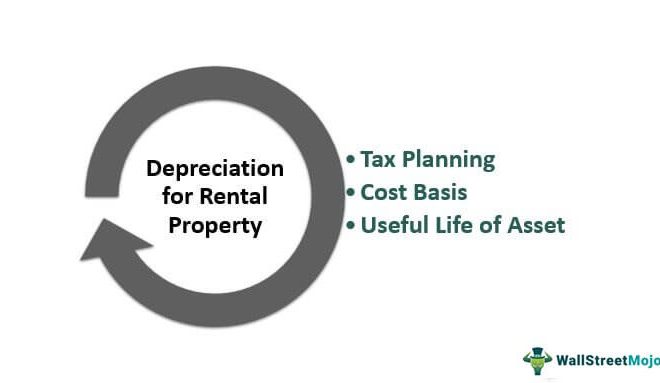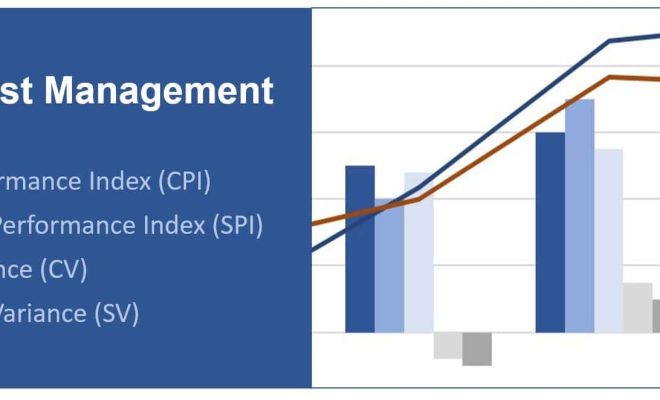How to calculate entropy change

Entropy is a fundamental concept in thermodynamics that measures the degree of disorder or randomness in a system. It plays a vital role in understanding various processes, including heat transfer, phase transitions, and chemical reactions. In this article, we will explore what entropy change is, its significance, and how to calculate it step-by-step.
What is Entropy Change?
Entropy change (∆S) refers to the difference in entropy between the final and initial states of a process or reaction. It can be either positive or negative:
1. Positive entropy change: This occurs when the system becomes more disordered or random, such as melting ice turning into water.
2. Negative entropy change: This happens when the system becomes more ordered or structured, like water freezing into ice.
Why is Entropy Change Important?
Entropy change plays a critical role in determining the spontaneity of processes. According to the second law of thermodynamics, for a process to be spontaneous, the total entropy change (∆Stotal) should be positive. The total entropy change comprises both changes in the system and its surroundings.
How to Calculate Entropy Change?
There are several ways to calculate entropy change depending on the given information and conditions:
1. Entropy Change for Heat Transfer (Q) at Constant Temperature (T):
∆S = Q / T
Where ∆S represents the entropy change, Q is the heat exchanged by the system at constant temperature T (in Kelvin).
2. Standard Molar Entropy Change during a Chemical Reaction:
∆S°reaction = ΣnS°products – ΣnS°reactants
Here, S° stands for standard molar entropy values (available in literature or tables) for products and reactants, n denotes their stoichiometric coefficients (as per balanced chemical equations), and Σ symbolizes summation.
3. Entropy Change during a Phase Transition:
∆S = ∆H / T_transition
In this case, ∆S denotes entropy change, ∆H is the enthalpy change (heat of fusion or vaporization), and T_transition is the phase transition temperature (in Kelvin).
4. Entropy Change for an Ideal Gas:
For reversible processes involving an ideal gas, use these equations:
– Isothermal Expansion or Compression:
∆S = nR ln(V_final / V_initial)
– Adiabatic Expansion or Compression:
∆S = 0 (constant entropy process)
“n” represents the number of moles of gas, “R” is the gas constant (8.314 J/(mol.K)), “V_final” and “V_initial” are the final and initial volumes, respectively.
Conclusion
Understanding and calculating entropy change is essential in various fields, including physics, chemistry, and engineering. It helps predict the spontaneity of processes and reactions while providing valuable insights into a system’s behavior. Proficiency in calculating entropy change requires practice, proper formulas, and correct usage of known thermodynamic properties.






